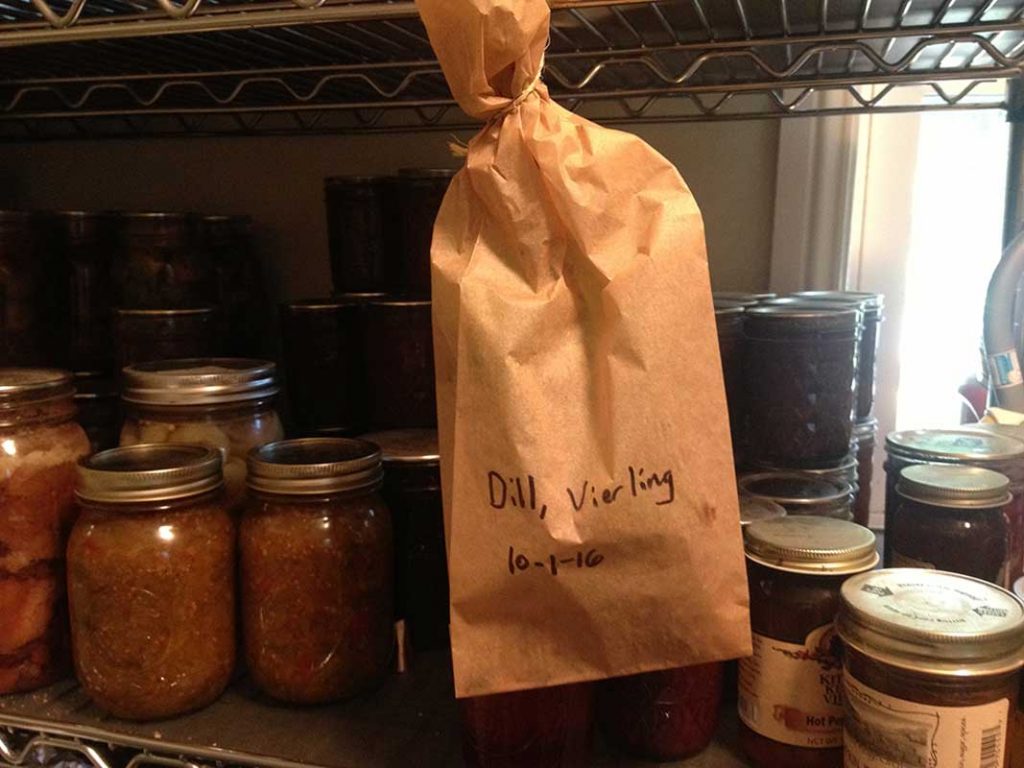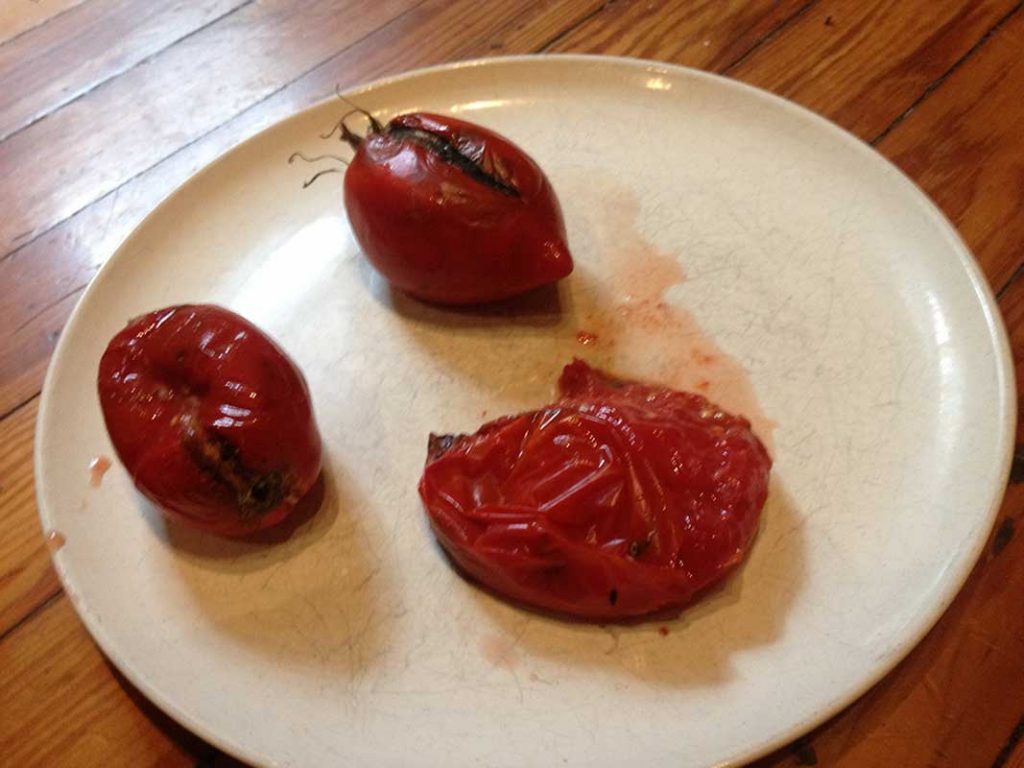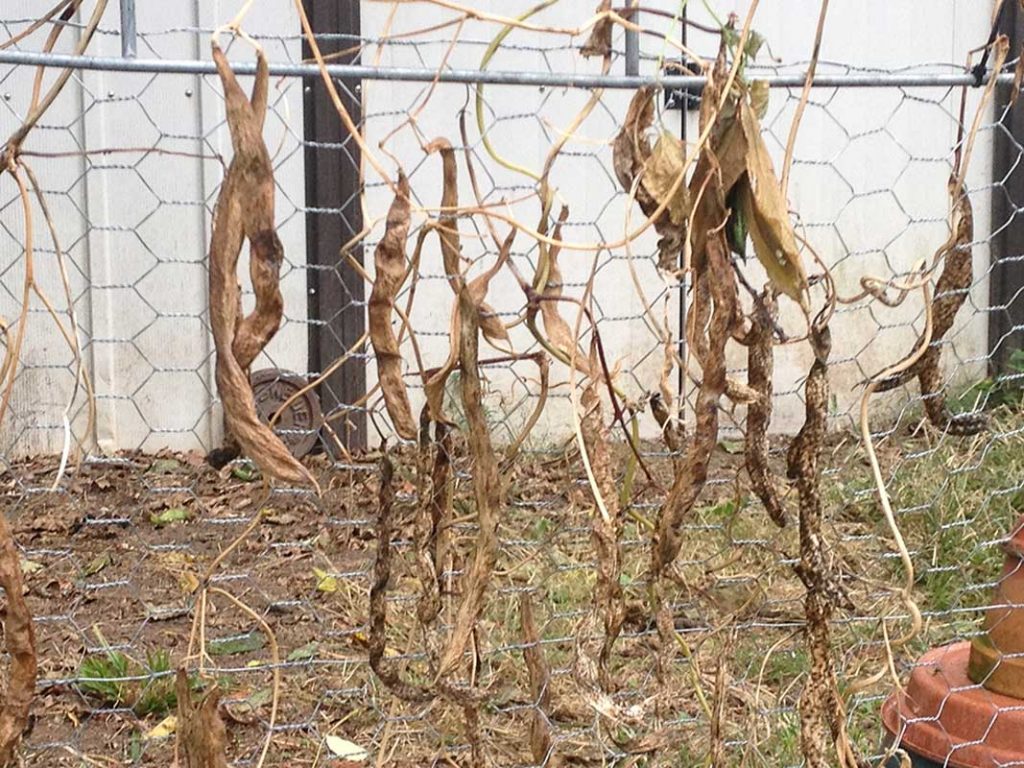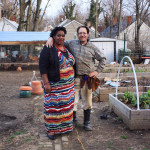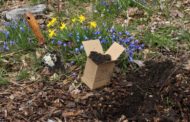The Amos Farm
SEED SAVING
by Christian Torp
We witnessed, and continue to witness, other paradoxes. With nuclear energy whole cities can easily be powered, yet the dominant nation states seem more likely to unleash destruction greater than that incurred in all wars of human history. Although our own technology is destroying old and creating new forms of social organization, men still tolerate meaningless work and idleness. While two-thirds of mankind suffers undernourishment, our own upper classes revel amidst superfluous abundance. Although world population is expected to double in forty years, the nations still tolerate anarchy as a major principle of international conduct and uncontrolled exploitation governs the sapping of the earth’s physical resources. Although mankind desperately needs revolutionary leadership, America rests in national stalemate, its goals ambiguous and tradition-bound instead of informed and clear, its democratic system apathetic and manipulated rather than “of, by, and for the people.”
Students For A Democratic Society: Port Huron Statement, 1962
Over the last two decades the world has seen a dramatic decrease in seed biodiversity. The problem is compounded by the ability of multinational agribusiness corporations — giants like Monsanto (producer of Agent Orange) — to “own” genetic material and sue farmers whose crops happen to have been pollinated by the those they’ve designed. In short, there are less varieties to choose from, and if you happen to be seed saving yourself, you may be sued for it. While there once may have been a cultivar ideally suited for your local climate that tasted great, it probably doesn’t exist anymore. All that’s available is a tasteless fruit that grows okay everywhere, but never any more than that.
It’s clear that no one’s going to save us from ourselves but ourselves. We are the ones we’ve been waiting for. For change to happen we might need a smattering of Martin Luther Kings and John Browns, but we’ll need a whole lot more of the nameless, forgotten faces spooning out oatmeal at a Free Breakfast Program for the change to be real. That’s what seed saving and genetic preservation is. No one else is going to do it. No one but ourselves.
Today knowledge about the dangers of GMO’s, monocultures and biological patenting is so common as to be assumed. Yet these things have only been around for a fraction of a second compared to how long humans have been preserving seeds. Seed saving has been a part of human culture since the Neolithic Demographic Transition, during the Holocene Epoch, some 12,500 years ago.
Seed saving was common until the end of World War II, only declining with the development of the “low cost” industrial commercial seed industry.
Being cheap never saves you money in the end.
The Do’s of Seed Saving
Three things are imperative when saving seed: that the plants you’ll be choosing from are open pollinated, that they aren’t hybrids and finally, that the plant variety you’re saving from wasn’t pollinated by a different variety. Why?
Plants that are pollinated by wind, insects or water are open pollinated. Of these there are two types: self-pollinating and non-self-pollinating. Self-pollinating plants are those in which genetic material is able to pollinate the very plant it originated from, such as tomatoes, green peppers, chili peppers, eggplants, green beans, lima beans, sweet peas, and peanuts. With this type of plant different varieties can be spaced near each other without fear of hybridization. Regarding non-self-pollinated plants, those such as beets, brassicas, carrots, corn and squash, care must be taken as different varieties must be isolated to prevent cross-pollination.
Hybrids are crosses between two specific cultivars which do not produce offspring with predictable or reliable traits in subsequent generations. A 50/50 x 50/50 cross results in ?/?. Hybridized seed are typically marked as such, or as “F1.” If a description of a plant lacks indication as either an F1 or a hybrid, then assume that it is an open pollinated cultivar.
If you’ve taken these first two steps the third is a given.
Now, it’s time to select your genetic stock. Pick fruit or cuttings from the biggest, most aggressive, healthiest, tastiest and most disease free options. There’s no reason for next year’s plants to be subject to the same problems you had this year.
Let the fruit become over-ripe, then pick and remove seeds. For wet or “slimy” seeds such as tomatoes, squeeze the seed juice into a sterile (boil for five minutes), cool jar and add a small amount of water. Place in a dark, warm (not hot) place and let sit for a few days, until the contents look pretty nasty. Then scrape off the moldy pulp, gently rinse the seeds and dry on paper towels before storing.
For beans, corn, peas and other crops with seeds that dry on the parent plant, allow the seeds to dry in that way (during rainy spells alternatives may have to be taken) and place the seeds in a dark, warm and well ventilated area.
Finally, for seeds that form in a blossom head after the flower dies such as lettuce, spinach, herbs, and brassica crops, cut the seed head from the plant and hang it to dry. Tie a cloth or paper bag over the seed head to prevent seeds from falling to the floor.
Now that you’re making an impact on some multinational corporation’s bottom line, make sure to label and mark your harvest and save it in a dry, watertight container (i.e., four-ounce mason jars). Finally, each 10-degree reduction down to freezing doubles the life of your seeds.
Next month at the Amos Farm well delve into vegetable storage, and learn how humans once ate all year ‘round in the days before refrigeration.
Resources
U Maine publication on seed saving: https://extension.umaine.edu/publications/2750e/
On Seed Freedom: http://www.navdanya.org/attachments/Seed%20Freedom_Revised_8-10-2012.pdf
The Author
Christian L. Torp is an attorney, missionary, activist, urban-farmer and advocate for social change who lives at Justice House (Facebook: Justice House) with his wife, Tanya in Lexington, KY. If you have any questions or comments for Christian, or there’s something you’d like to know more about, please reach out to him at theamosfarm@gmail.com or The Amos Farm on Facebook.

